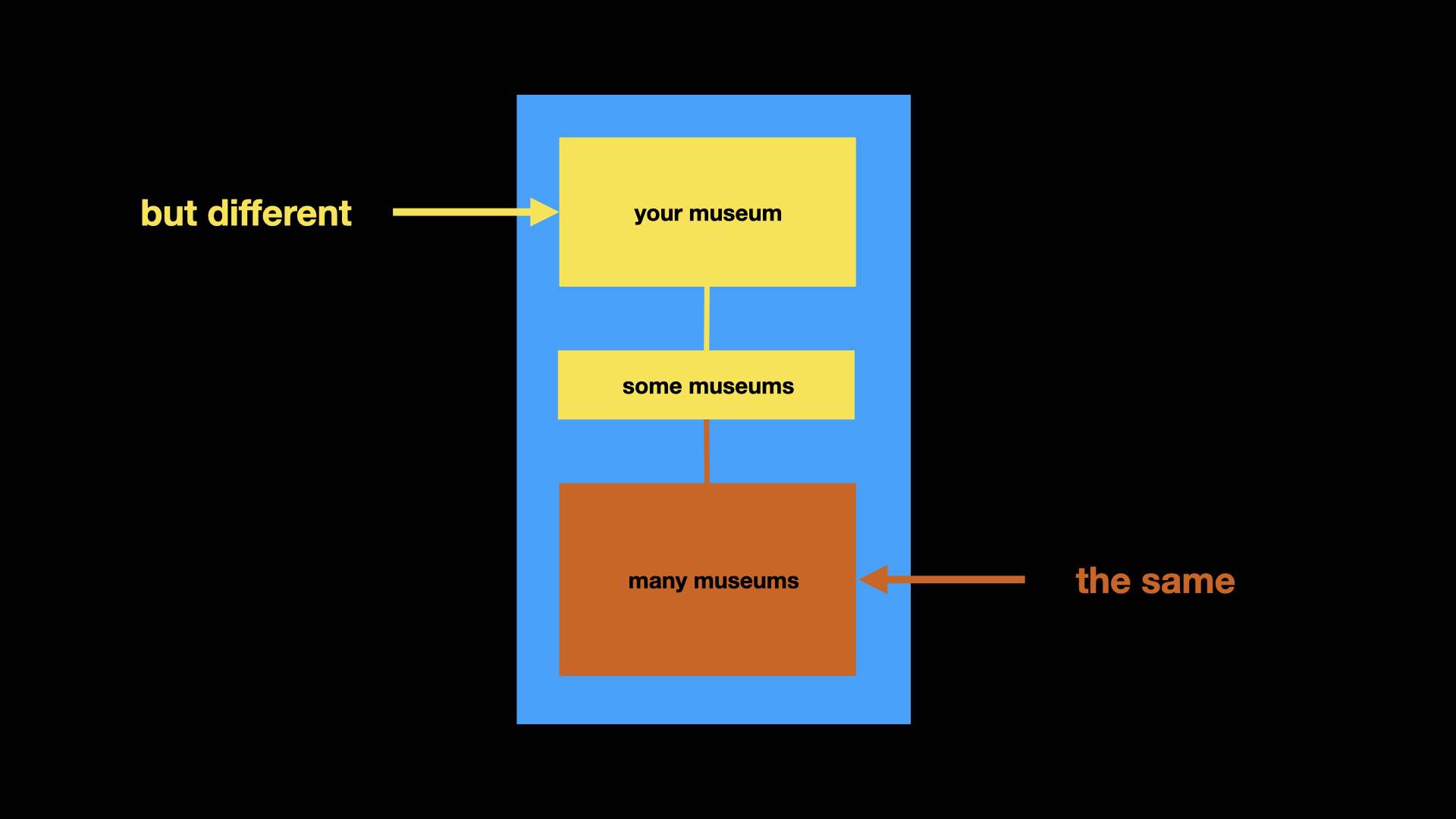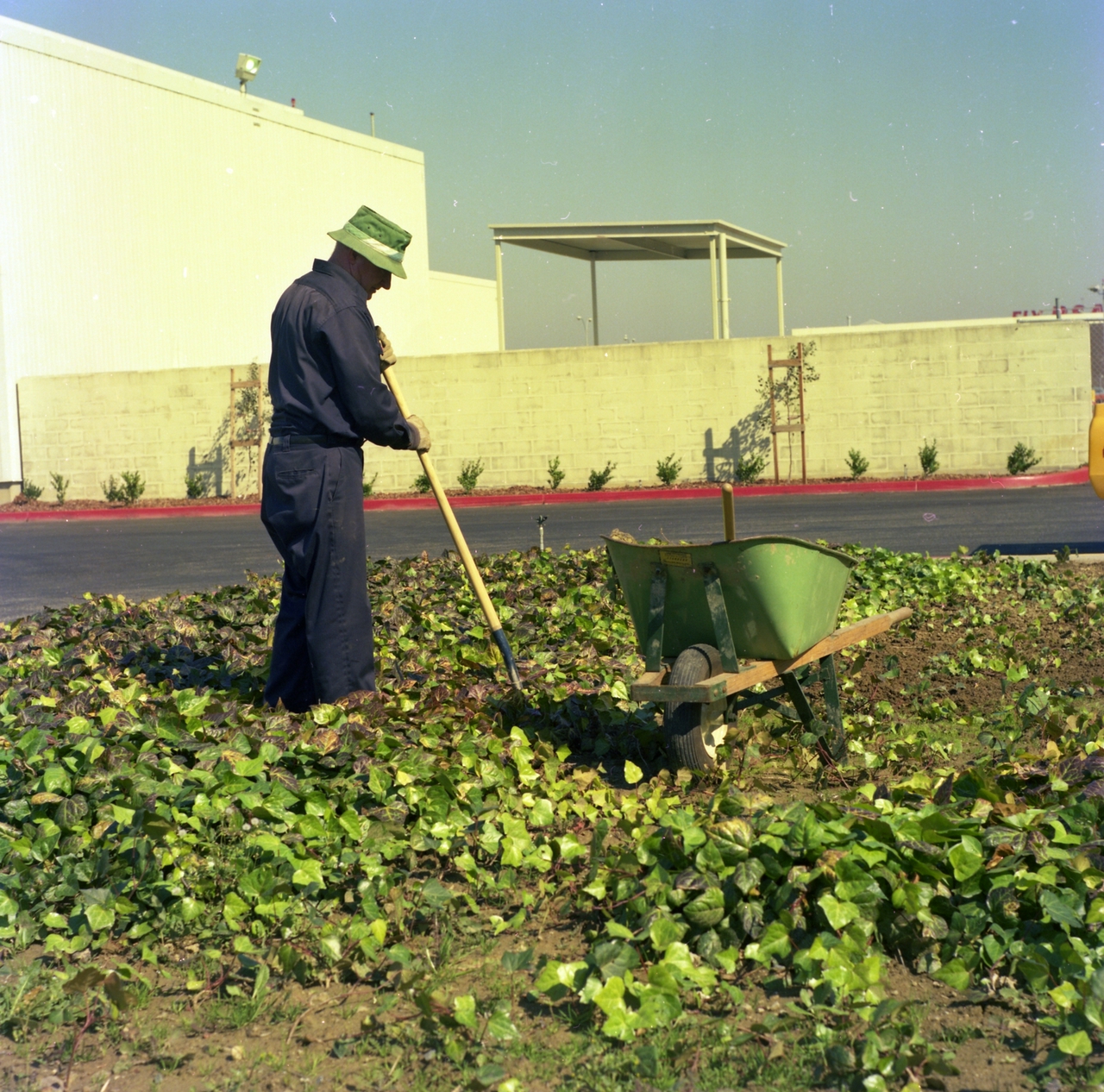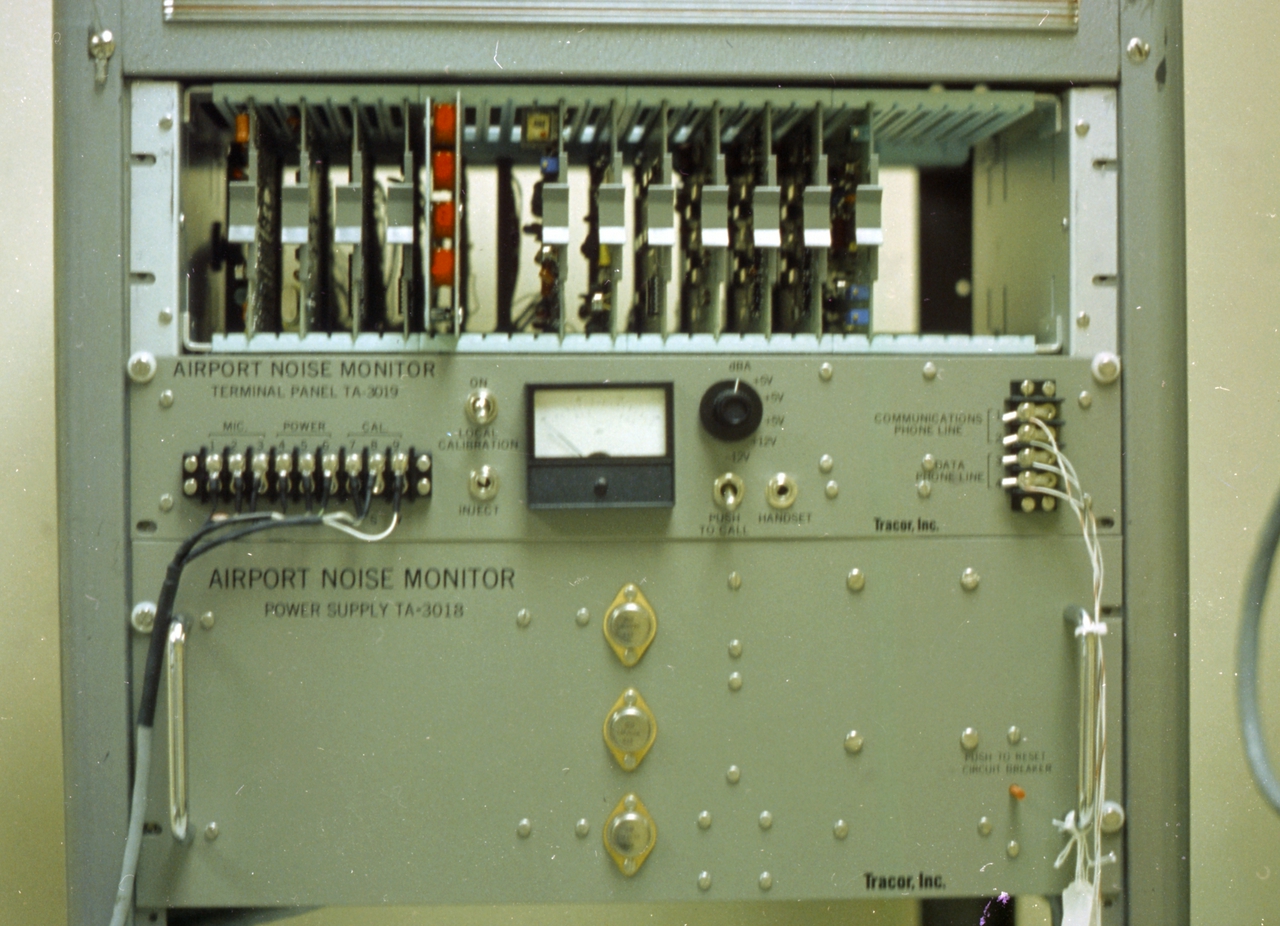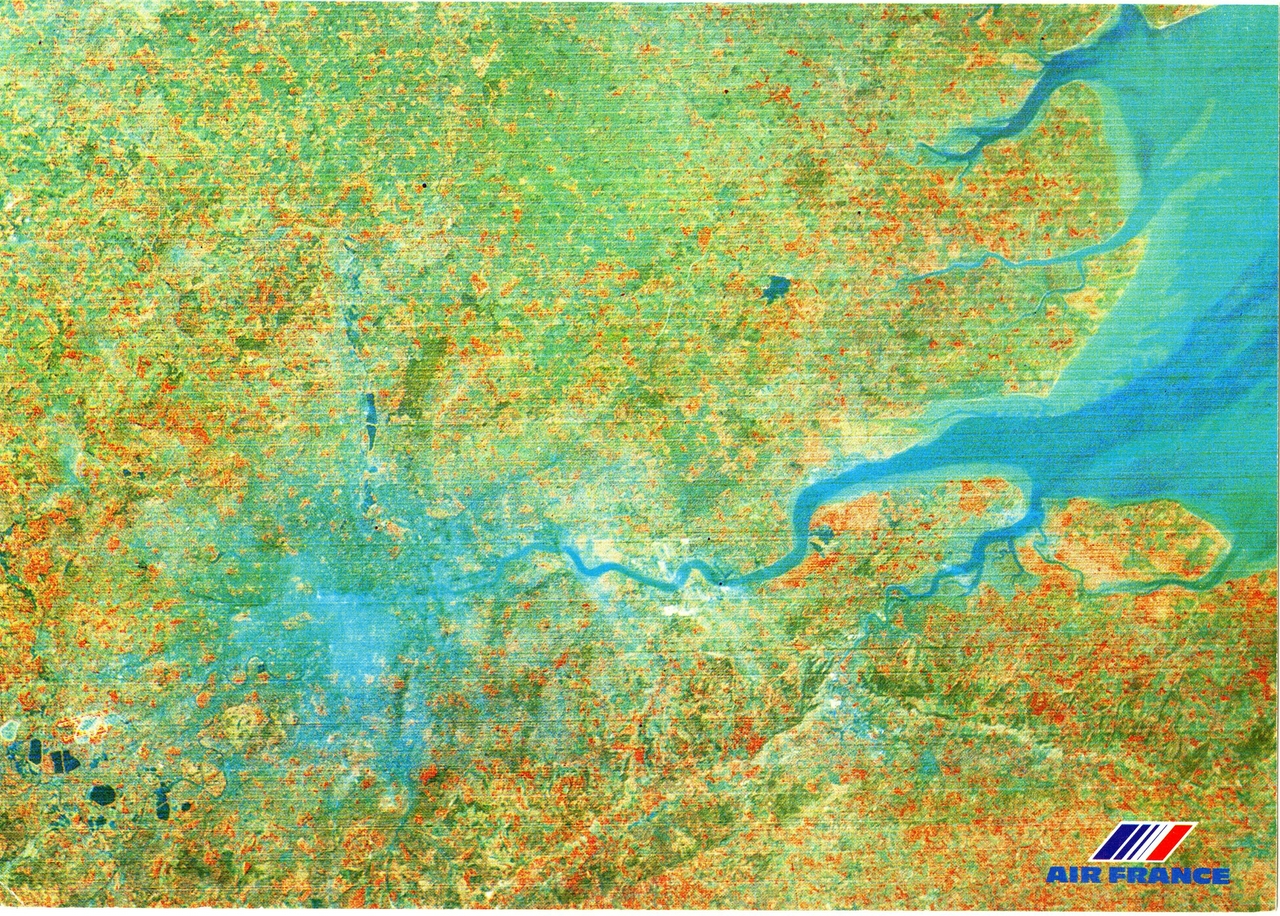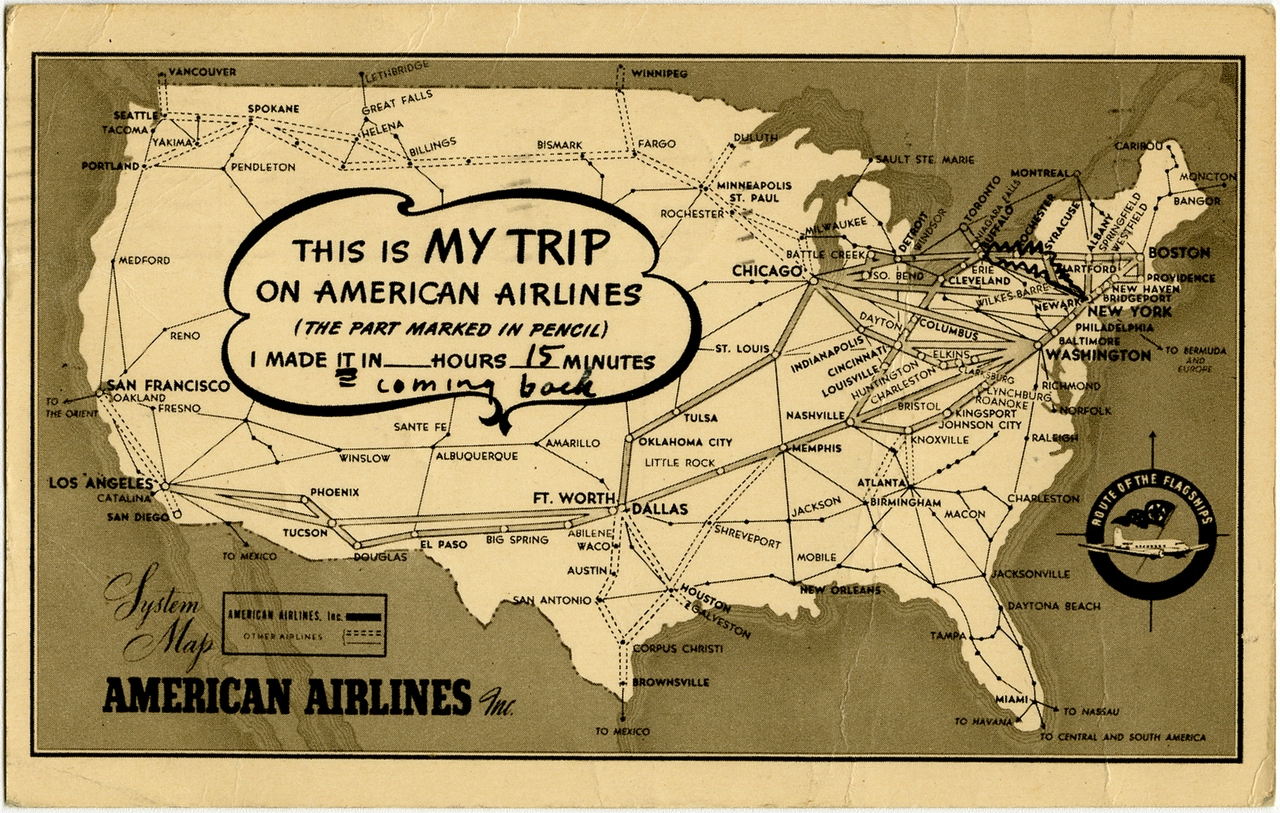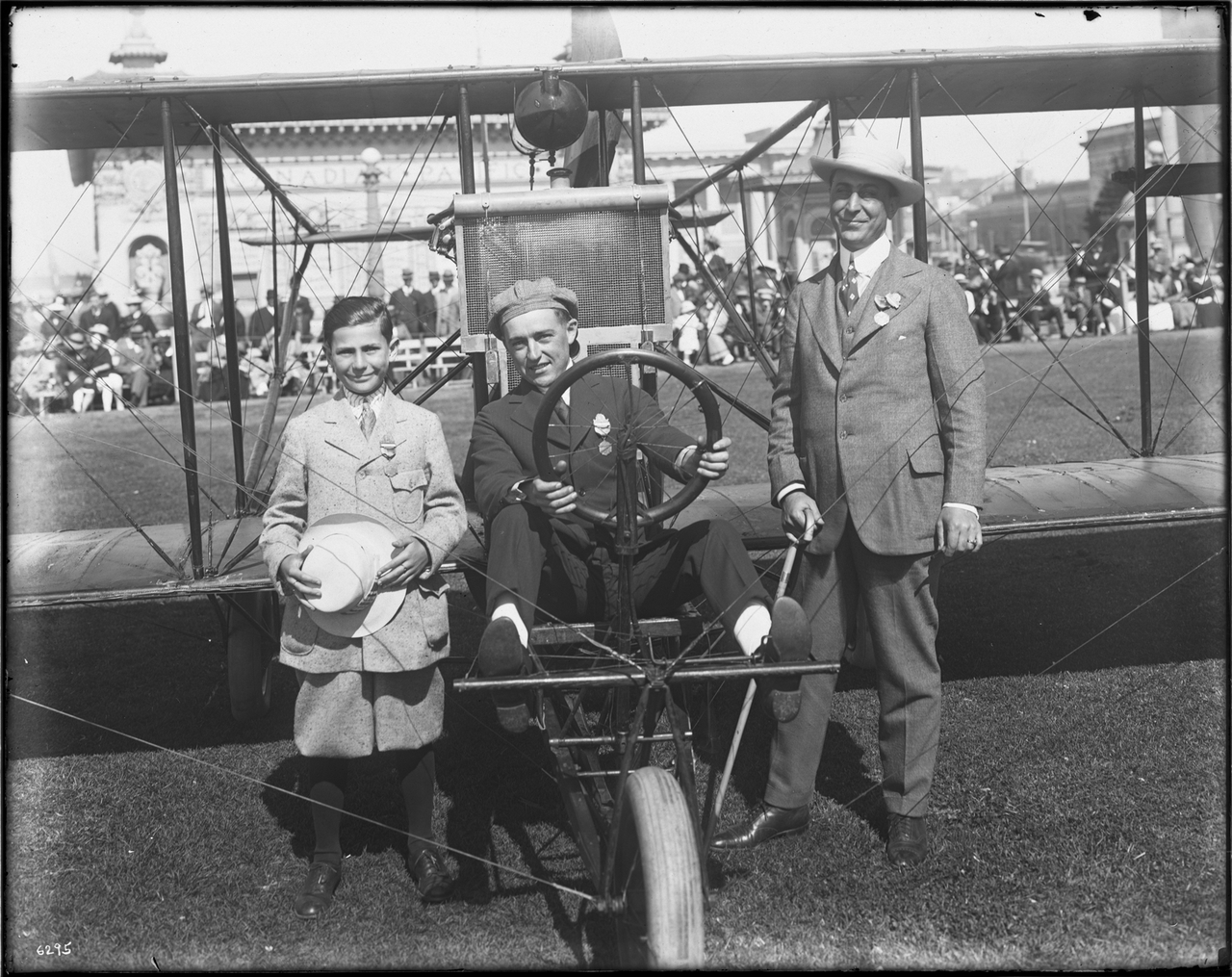iOS Multi-screen Starter Kit
It may be too soon to imagine that we can make everything easy but maybe we can start to make more things at least possible.
This is a blog post by aaron cope. It was published on November 18, 2020 and tagged ios, tools and mcn.
NFC Clock
NFC Clock is not meant to answer the question ‘How should my museum use HCE?’ but only to answer the question ‘Where do I even get started with HCE?’
This is a blog post by aaron cope. It was published on November 09, 2020 and tagged android, nfc and tools.
Archiving social media accounts at SFO Museum – Take two
It fosters a practice of actively requesting backups of our activity on these services, as opposed to relying on a mysterious automated system running in the background. I also like that it mirrors our own practice of building services and functionality, like the Mills Field website, from the same open data that we publish for other people to use.
This is a blog post by aaron cope. It was published on October 28, 2020 and tagged twitter, instagram, golang, socialmedia and tools.
zoomable.images.js
We’ve updated the user interface elements that control how a static image can be made “zoomable” making them easier to use and more portable across a number of different settings.
This is a blog post by aaron cope. It was published on September 14, 2020 and tagged iiif, javascript and zoomable.
Small focused tools
In that spirit this blog post is about four small command-line utilities we’ve written to do our work and are sharing with the wider cultural heritage sector. These tools aren’t specific to SFO Museum and might be useful or helpful to other organizations using a similar infrastructure as ours.
This is a blog post by aaron cope. It was published on August 04, 2020 and tagged golang and tools.
Geotagging at SFO Museum, part 10 – Native Applications
In the same way that we can wrap a traditional web application in a Go program, can we wrap that Go program in a native macOS application? Each platform has its own unique affordances and tolerances. A larger goal for the museum is recognizing the possibilities that each platform affords so that we might be able to treat them as a kind of “kit of parts” to be reconfigured as needed for future projects.
This is a blog post by aaron cope. It was published on May 18, 2020 and tagged sfo, collection, geotagging, oauth2, golang, javascript and macos.
Geotagging at SFO Museum, part 9 – Publishing Data
This post is about the go-www-geotag-sfomuseum application. It adds support for authenticating users and publishing data to any service that supports the OAuth2 standard. For the purposes of this post we’re using GitHub to demonstrate our work because we already publish all our open data on GitHub so it is useful for our geotagging application to be able to write directory to their API. In the future we might update our geotagging application to talk to SFO Museum’s own OAuth2 and API endpoints.
This is a blog post by aaron cope. It was published on May 07, 2020 and tagged sfo, collection, geotagging, oauth2 and golang.
Geotagging at SFO Museum, Part 8 – Old maps
What’s become clear as we work through geotagging photos in the SFO Museum collection is that it’s very useful to be able to geotag things using a map from, or near to, the same year that a photo was taken. The facts on the ground change often and fast enough at SFO that it can be hard to make sense of an old photo using a contemporary map.
This is a blog post by aaron cope. It was published on May 04, 2020 and tagged sfo, collection, history, geotagging and maps.
Geotagging at SFO Museum, Part 7 – Custom Writers
In order to support SFO Museum’s use case we would need to bundle all of the code required to implement the steps described above with the go-www-geotag application. That’s a lot of functionality that which not germane to another user of the application. It’s also, potentially, a lot of code that SFO Museum may not want or be able to share publicly. It’s a scenario that would have to be repeated for every custom writer adding unnecessary complexity and size to the final geotagging application.
This is a blog post by aaron cope. It was published on May 01, 2020 and tagged sfo, collection, geotagging, whosonfirst and golang.

